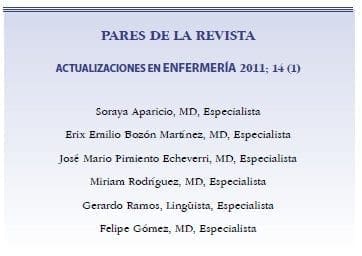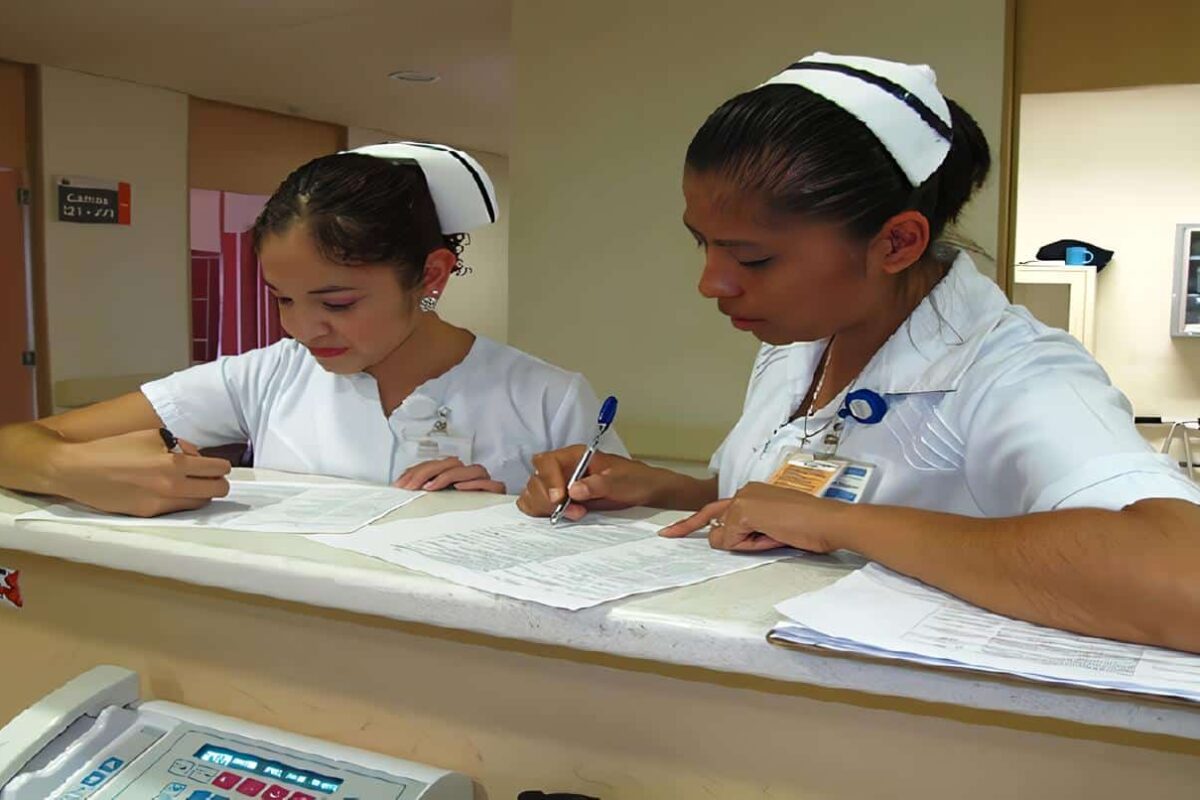- Todos los sistemas deben ser provistos en paquetes estériles, con sus respectivos tubos y conectores de tamaños, calibres y longitudes precisas y adecuadas.
2. Permanentemente debe estar disponible, con el sistema de succión torácica, un equipo de “clampeo”, o sea un par de pinzas especiales de tipo Rochester que permitan la oclusión del sistema, y unas pinzas de tipo “roller” para su “ordeño” externo.
3. Nunca debe evacuarse el agua del frasco de sello de agua, y tampoco elevar el sistema por encima del nivel del tórax del paciente.
4. Si hay burbujeo por escape de aire dentro del tórax del paciente (neumotórax, fístula broncopleural) nunca debe ocluirse el sistema, pues el neumotórax aumentaría y se convertiría en un neumotórax a tensión.
5. Debe recordarse que si se presenta una falla eléctrica o de succión, en una de las tres botellas del sistema existe el sello de agua, el cual sigue operando aun sin succión. Pinzar el sistema en estas condiciones está contraindicado.
6. La fijación del tubo de tórax a la piel del paciente debe hacerse con sumo cuidado, tomando todas las precauciones para evitar el grave accidente que significa su salida accidental. Esta fijación debe hacerse con sutura no absorbible calibre 0 o 1-0.
Para la cobertura del sitio de inserción es preferible utilizar esparadrapo ancho de tela con gasas estériles debidamente colocadas, cuidando sellar herméticamente, la entrada del tubo a la piel. No es recomendable envolver el tubo con el esparadrapo que fija el apósito pues en cada cambio de este o en el momento de retirar el tubo implica una gran movilización del tubo ocasionando dolor en el paciente.
7. El tubo de conexión entre el tubo intrapleural y el sistema debe permanecer al mismo o inferior nivel del tórax del paciente, con el fin de no aumentar la resistencia del sistema (por ejemplo, evitar pasarlo sobre la baranda levantada de la cama).
8. La oscilación del líquido de drenaje en el interior del tubo permite verificar la funcionalidad del sistema. La oscilación es normalmente de 5 cm. Una oscilación mayor puede ser indicativa de fístula broncopleural, y la ausencia de oscilación generalmente indica obstrucción del tubo.
9. La movilización o transporte del paciente a un lugar distante debe hacerse colocando el sistema a “trampa de agua”, nunca con el sistema cerrado, por el peligro de producir neumotórax a tensión.
10.Un sistema de succión pleural debe estar permanentemente bajo el cuidado y la supervisión de personal de enfermería idóneo, con conocimientos y experiencia. El descuido puede dar lugar a accidentes muy graves con potenciales consecuencias letales.
Los autores no declaran conflicto de interés.
Referencias bibliográficas
- 1. Adrales G, Huynh T, Broering B, et al. A thoracostomy tube guideline improves management efficiency in trauma patients. J Trauma 2002; 52:210-4.
- 2. Sanni A, CritchleyA, Dunning J. Should chest drains be put on suction or not following pulmonary lobectomy? Interact Cardiovasc Thorac Surg 2006; 5:275-8.
- 3. Roe BB. Physiologic principles of drainage of the pleural space with special reference to high flow, high vacuum suction. Am J Surg 1958; 96:246—8.
- 4. Enerson DM, McIntyre J. A comparative study of physiology and physics of pleural drainage systems. J Thorac Cardiovasc Surg 1966;52:40—6.
- 5. Bo Deng, Qun-You Tan, Yung-Ping Zhao, Ru-Wen Wang, Yao-Guang Jiang. Suction or non-suction to the underwater seal drains following pulmonary operation: meta-analysis of randomised controlled trials. European Journal of Cardio-thoracic Surgery 2010;38: 210-15.
- 6. Varela G, Brunelli A, Jimenez MF, et al. Chest drainage suction decreases differential pleural pressure after upper lobectomy and has no effect after lower lobectomy. Eur J Cardiothorac Surg 2010;37:531-4.
- 7. Cerfolio RJ. Digital and smart chest drainage systems to monitor air leaks: The birth of a new era? Thorac Surg Clin 2010:20:413-20.
- 8. Aleman C, Alegre J, Armadans L, et al. The value of chest roentgenography in the diagnosis of pneumothorax after thoracentesis. Am J Med 1999; 107:340-3.
- 9. Bell RL, Ovadia P, Abdullah F, et al. Chest tube removal: end-inspiration or end-expiration? J Trauma 2001; 50:674-7.
- 10. Diaz G, Castro DJ, Perez-Rodriguez E. Factors contributing to pneumothorax after thoracentesis. Chest 2000; 117:608-9.
- 11. Fartoukh M, Azoulay E, Galliot R, et al. Clinically documented pleural effusions in medical ICU patients: how Useful is routine thoracentesis? Chest 2002;121:178-84.
- 12. Martino K, Merrit S, Boyakye K, et al. Prospective randomized trial of thoracostomy removal algorithms. J Trauma 1999; 46:369-71.
- 13. Pacanowski JP, Waack ML, Daley BJ, et al. Is routine roentgenography needed after closed tube thoracostomy removal? J Trauma 2000;48:684-8.
- 14. Palesty JA, McKelvey AA, Dudrick SJ. The efficacy of X-rays after chest tube removal. Am J Surg 2000; 179:13-6.
- 15. Petersen S, Freitag M, AlbertW, et al. Ultrasound-guided thoracentesis in surgical intensive care patients. Intensive Care Med 1999; 25:1029-7.
- 16. Petersen WG, Zimmerman R. Limited utility of chest radiograph after thoracentesis. Chest.2000; 117:1038-42.
- 17. Rozycki GS, Pennington SD, Feliciano DV. Surgeon-performed ultrasound in the critical care setting: its use as an extension of the physical examination to detect pleural effusion. J Trauma 2001;50:636-42.
- 18. Villena V, Lopez-Encuentra A, Pozo F, et al. Measurement of pleural pressure during therapeutic thoracentesis. Am J Respir Crit Care Med 2000; 162:1534-8.
- 19. Mier JM, et al. Beneficios del uso de dispositivos digitales para medir la fuga aérea después de una resección pulmonar: estudio prospectivo y comparativo. Cir Esp. 2010.
- 20. Cerfolio RJ. Advances in thoracostomy tube management. Surg Clin North Am 2002;82:833–48.
- 21. Anegg U, Lindenmann J, Matzi V, et al. AIRFIX: the first digital postoperative chest tube airflowmetry—a novel method to quantify air leakage after lung resection. Eur J Cardiothorac Surg 2006;29:867–72.
- 22. Cerfolio RJ, Bryant AS. The benefit of continuous and digital air leak assessment after elective pulmonary resection: a prospective study. Ann Thorac Surg 2008;86:362–7.
- 23. Varela G, Jimenez MF, Novoa NM, et al. Postoperative chest tube management: measuring air leak using an electronic device decreases variability in the clinical practice. Eur J Cardiothorac Surg 2009;35:28–31.
- 24. Brunelli A, Salati M, Refai M, et al. Evaluation of a new chest tube removal protocol using direct air leak monitoring after lobectomy: a prospective randomized trial. Eur J Cardiothorac Surg 2010;37:56–60.
- 25. Cerfolio RJ, Bryant AS. The quantification of postoperative air leak. OI:10.1510/mmcts.2007.003129.
- 26. Cerfolio RJ, Bass CS, Pask AH, et al. Predictors and treatment of persistent air leaks. Ann Thorac Surg 2002;73:1727–31.
- 27. Cerfolio RJ, Pickens A, Bass CS, et al. Fast-tracking pulmonary resection. J Thorac Cardiovasc Surg 2001;122:318–24.









